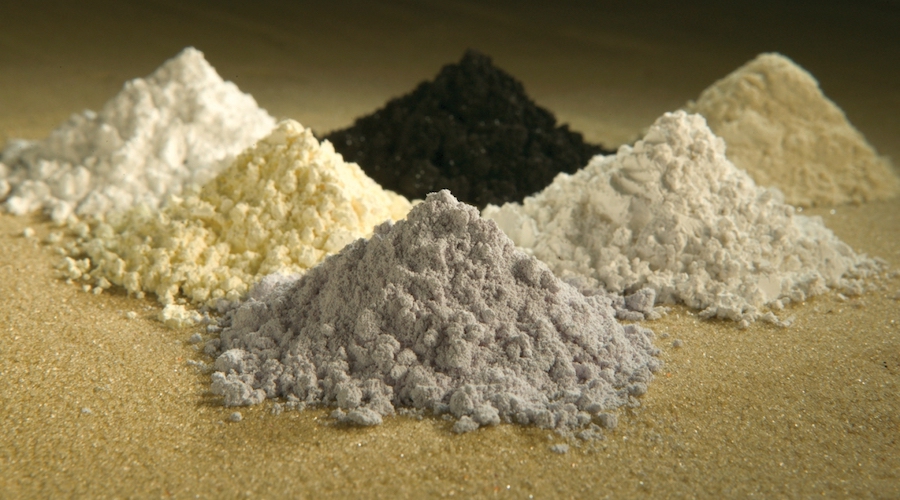
In a paper published in the journal ACS Applied Materials and Interfaces, the scientists explain that the approach consists of various technological solutions designed to filter the air by capturing or trapping toxic gases from emissions and, in some cases, captured molecules can also be stored and reused.
MOFs are essentially a microscopic matrix of metal atoms attached to each other by organic molecules that form a repeating pattern of tiny, interconnected metal cages. They act like a sponge that can adhere, or soak up, molecules to its surface.
The researchers looking at rare earth MOFs used computer simulations and a combination of neutron and X-ray scattering experiments to help them determine the optimal conditions for synthesizing the materials. In the process, they also uncovered important details about an interesting defect that forms in the MOFs that they say could be useful in building devices for capturing emissions or sensing dangerous levels of toxic gases.
“Metal-organic frameworks are really novel in their flexibility, their chemistry, and how you can tailor their structure. If you swap out organic molecules, you can tune the structure to target different gases,” Susan Henkelis, the study’s lead author, said in a media statement. “Acid gases typically come from combustion processes, so this research could be useful in developing devices to help limit emissions from large-scale industrial facilities like oil refineries and fossil fuel-based power plants.”
Understanding MOFs
According to Henkelis and her colleagues, one of the first steps in the research is to understand how the atomic bonds in the MOFs form and how the atoms are arranged.
Ideally, the cages inside each synthesized MOF form a cube. Each corner contains a cluster of six rare-earth metal ions with another cluster in the center of the cube. Each pair of metal ions in the cluster connects to another pair in another cluster by a single link or linker molecule.
But sometimes a defect occurs, especially in MOFs made of europium ions, where the linker kinks and exposes the rare-earth ion, which increases the likelihood a pollutant molecule will become trapped within the structure.
To find out why this happens, the researchers used a combination of neutron and X-ray scattering experiments to map the materials’ atomic structures.
They used X-rays to find the heavy metal elements, which provided an outline of the overall structure. And, to better understand how the organic molecules are arranged, they bombarded the materials with neutrons using an instrument called Spallation Neutron Source (SNS), which helped them track the positions of the hydrogen, carbon, and oxygen atoms that form the molecular bonds between the metal ion clusters.
The effects of defects
From the experiments, the team was able to determine that the materials with the defects actually formed more rapidly than their defect-free counterparts. They also discovered the defects could be intentionally induced by adjusting the temperatures and the time it takes to grow the crystalline materials.
The team then used the structural data obtained from the experiments to run computer simulations to see how each of the materials—with and without the defects—interacted with the toxic gases NO2 and SO2.
“While these new insights are on the basic research side of things, they could have a big impact down the road,” said Tina Nenoff, the study’s corresponding author. “We learned new information about how these materials form, which we can use to control and design MOFs with more specificity. And furthermore, we developed a comprehensive approach to evaluating large series of MOFs, which will help expedite the pace of finding new candidate materials and developing them in useful technologies.”




